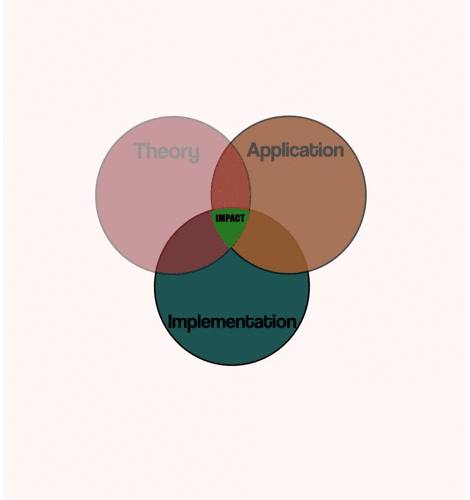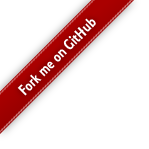 There is a new online journal called distill.pub that has an interesting new format. It places a particular emphasis on clear explanations of concepts and high-quality infographics that help to further understanding. This is so obviously a good idea, that it may seem somewhat unclear why a journal would need to explicitly include it as a metric for judging publications at all. The reality is that a lot of really great papers are not written with accessibility as a primary goal of the work. Researchers often focus on developing new theory, new applications, or new implementations to advance the state-of-the-art. There often isn’t time to develop clear and concise explanations that will help specialists and non-specialists alike understand the work, but the lack there of does limit the impact the work on the broader field. Still confused? Here, we made this super-fancy animation to help you understand it better!
There is a new online journal called distill.pub that has an interesting new format. It places a particular emphasis on clear explanations of concepts and high-quality infographics that help to further understanding. This is so obviously a good idea, that it may seem somewhat unclear why a journal would need to explicitly include it as a metric for judging publications at all. The reality is that a lot of really great papers are not written with accessibility as a primary goal of the work. Researchers often focus on developing new theory, new applications, or new implementations to advance the state-of-the-art. There often isn’t time to develop clear and concise explanations that will help specialists and non-specialists alike understand the work, but the lack there of does limit the impact the work on the broader field. Still confused? Here, we made this super-fancy animation to help you understand it better!
The term “research debt” has been coined to describe this phenomenon, where some members of a particular community have made large advances but the broader group has yet to catch up. distil.pub has a great, in-depth discussion of research debt. They talk about different ways it can occur, what its fundamental costs really amount to, and when you should consider investing the time and effort to reduce it. Distill.pub is looking to publish papers that help to reduce research debt! As our helps to demonstrate, good explanation helps others in the field to better understand and build off your work and thus increases its impact.
When reading about the idea of research debt, it became clear that OpenMDAO could be viewed as project that reduces the research debt in the gradient-based optimization community. The most advanced gradient-based optimization techniques, with analytic derivatives, offer the potential for 10-to-10,000-times faster optimizations. Unfortunately these methods are usually implemented in an ad-hoc and problem-specific manner that makes it tough to generalize to a wide range of applications. What OpenMDAO does is implement these methods in a way that makes it possible to use analytic derivatives without being an expert in them, and without having to use a custom implementation for each problem.
Since OpenMDAO version 2.3, we’ve been continuously introducing new features that offer dramatic performance improvements. If you haven’t tried out assembled Jacobians (added in v2.3), you are missing out! There is also a new graph-coloring approach that works miracles for some problems (added in v2.4). But along the way we’ve also been trying to limit our own research debt by keeping the docs up-to-date and working to improve their clarity and usefulness. Writing more docs keeps the new methods more accessible to OpenMDAO users. More importantly, it also forces us to think about ways to explain the concepts more clearly and concisely which often leads to simpler APIs and more general implementations.
So if you’ve ever gotten really deep down into a literature review on a subject and thought, “Hey, there is a better way to explain all this!”, now you have a great place to publish peer-reviewed journal articles that will help everyone in the broader community. The exact same concept goes for OpenMDAO docs too. If you’re working with our tools and you think you see a way to explain features in a simpler and more general manner, please feel free to submit a pull request. We’ll be happy to add an acknowledgment in the docs you contributed, so you get credit for helping to pay down the research debt!

